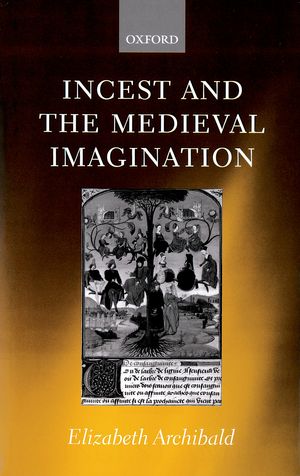
Incest is a remarkably frequent theme in medieval literature; it occurs in a wide range of genres, including romances, saints' lives, and exempla. Historically, the Church in the later Middle Ages was very concerned about breaches of the complex laws against incest, which was defined very broadly at the time to cover family relationships outside the nuclear family and also spiritual relationships through baptism. Medieval writers accepted that incestuous desire was a widespread phenomenon among women as well as men. They are surprizingly open about incest, though of course they disapprove of it; in many exemplary stories incest is identified with original sin, but the moral emphasizes the importance of contrition and the availability of grace even to such heinous sinners. This study begins with a brief account of the development of medieval incest laws, and the extent to which they were obeyed. Next comes a survey of classical incest stories and their legacy; many were retold in the Middle Ages, but they were frequently adapted to the purposes of Christian moralizers.